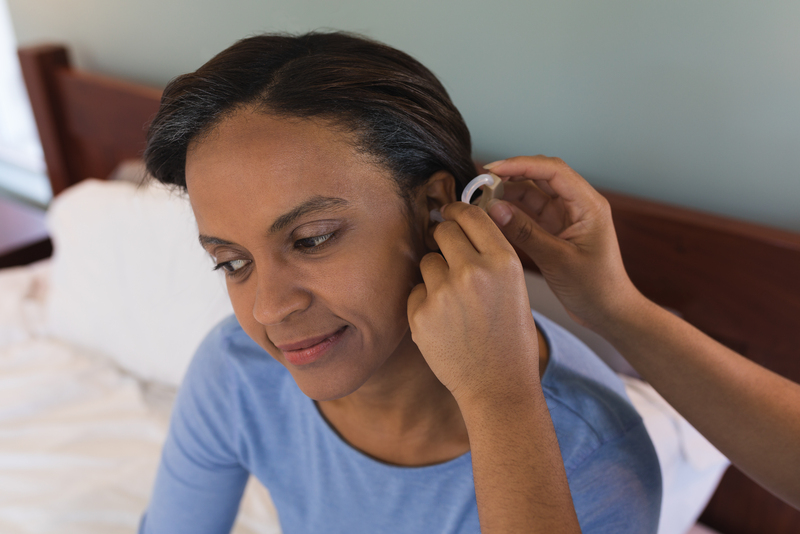
Hearing aids are a true miracle of the modern age. Since the first hearing aid was invented in 1920, two factors have remained constant; first, hearing aids have always helped to improve the lives of everyone who has used one, and second, they have never stopped improving. But what do you do when the miracle has issues? Everyone who uses hearing aids experiences problems from time to time. We have gathered together the most common issues and some tips to help with troubleshooting hearing aids.
Troubleshooting Hearing Aids: Common Issues and How to Fix Them
#1. Poor Sound Quality
The most common complaints with hearing aids involve issues with sound. Fortunately, most of the time, these are easy fixes that only need a minor adjustment to correct.
Dull Sounding
If your hearing aid sounds faint or weak, here are a few things you can try. Check the batteries first; low charge or batteries at the end of their lives will weaken the signal until it fades out completely. Next, ensure your device is clean; dirt, debris, and earwax can prevent airflow, blocking the signal from getting through clearly. Also, ensure your hearing aids are correctly seated in your ear canals. If there is a gap or they are not going far enough, the result can be poor performance. After all that, if they are still sounding weak or dull, make an appointment with your audiologist to have them tested for damage or malfunction.
Sounds Are Too Sharp
Hearing high-pitched or “sharp” sounds is a common issue for new hearing aid users. Since detailed sounds are one of the first elements to disappear as hearing problems develop, many new users find everyday background sounds returning to be very distracting. Usually, these noises will fade as your brain becomes accustomed to using hearing aids. If the noises result in uncomfortable levels of pitch and sound, feel free to adjust the volume lower to compensate. However, if you’re turning them down so low that you can’t hear anything else, make sure to speak with your audiologist to see if they can be adjusted.
Whistling
Hearing whistling sounds, known as feedback, is caused whenever the output signal is redirected back into the microphone. Many things can cause this event; some of the most common include: covering your device with clothing, i.e., hats, hoods, ear muffs, etc., having the volume set too high, or not having the tip inside the ear all the way, allowing sound to escape.
#2. Physical Issues
The other common issue with hearing aids is problems with the physical interaction between the device and the body. Fortunately, hearing aid devices are designed to be safe, and most issues are just minor irritations that can be cleared up easily.
Raw and Irritated Skin
Another common issue for new users is skin irritation around the ears where your device sits. This is to be expected until the skin becomes accustomed to it. Irritation can also occur if the device is worn for too long a period of time. Special lotions and lubricants are designed to soothe the skin without interfering with your device. Talk to your audiologist before you use anything to ensure it won’t cause further issues.
Earwax Compaction and Infections
While rarer than the other issues on this list, earwax compaction can occur under certain circumstances and cause painful problems. The best way to avoid compacted earwax is to clean your ears regularly and your hearing aid device more often. Keeping your hearing aid clean will also prevent ear infections from developing that way.